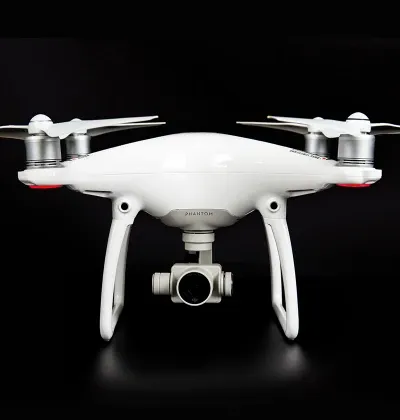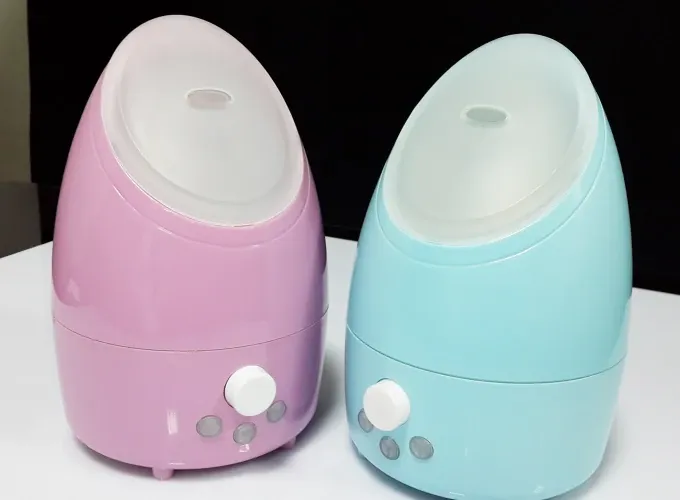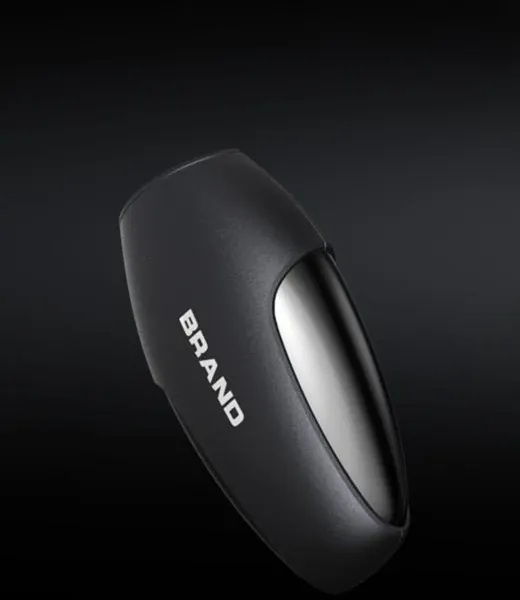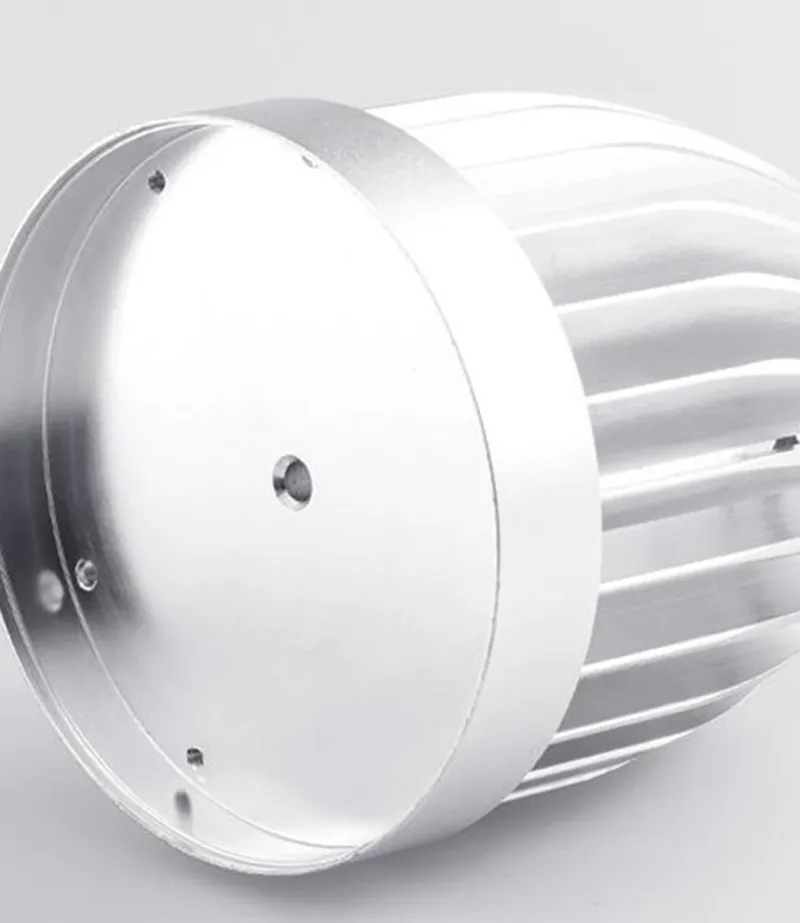- Room 1807, Unit 9, Building 2, Shangxing Commercial Street, Shangde Road, Shangxing Community, Xinqiao Subdistrict, Bao'an District, Shenzhen City, China




Aerospace & UAV
WJ Prototypes is your 3D manufacturing partner from prototype to large scale production.
Consumer Electronics
New Product Introduction Solutions for Consumer Electronics.

Robotics & Automation
Need some assistance bringing your robotic device or parts from the sketch-board to reality?
Medical Devices
The medical industry needs high quality, dependable and safe parts and products.
Automotive
New Product Introduction Solutions for Automotive
Industrial Machinery
The main purpose of industrial prototyping is to take the product from drawings into the real world.
Development speed and a well-designed, user-centric final product are critical to the success of companies launching consumer and computer electronic products and devices to different markets. Technology-enabled manufacturing processes can accelerate design cycles, lower development costs, and help support more SKUs and product customization that consumers now demand. From airplanes to automobiles to hospitals, electronics can be found nearly everywhere delivering value through advanced features and improving user experiences.
ABS. This reliable thermoplastic is widely used in industries like consumer electronics. It brings general-purpose performance for parts like electronics enclosures and handheld devices, and is also relatively inexpensive.
Aluminum. This material can be machined or formed through sheet metal fabrication to create housings, brackets, or other metal parts that need high strength and low weight are required. Elastomers. Available in both 3D printing and injection molding, choose from several elastomeric materials for parts that need impact resistance or flexibility. Overmolding is also available for components and products with ergonomic grips, buttons, or handles.
Polycarbonate. This strong and extremely impact resistant thermoplastic has a low shrink and good dimensional stability. It’s a transparent plastic that is available in optically clear grades, which works well for transparent covers and housings.

We have several capabilities within our services and processes catered to the consumer and computer electronics industries. A few of common applications include:

